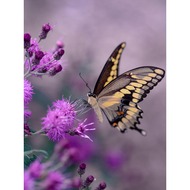OR Science PT_1.PS4.3_Effects of Objects Placed in a Beam of Light v2.0
(View Complete Item Description)This performance assessment aligns with NGSS Performance Expectation 1.PS4.3 and is intended to be used as an interim assessment. These assessments can either be used summatively, as an end of learning activity, or formatively, utilizing student responses to identify next instructional steps.
Material Type: Activity/Lab, Assessment




















